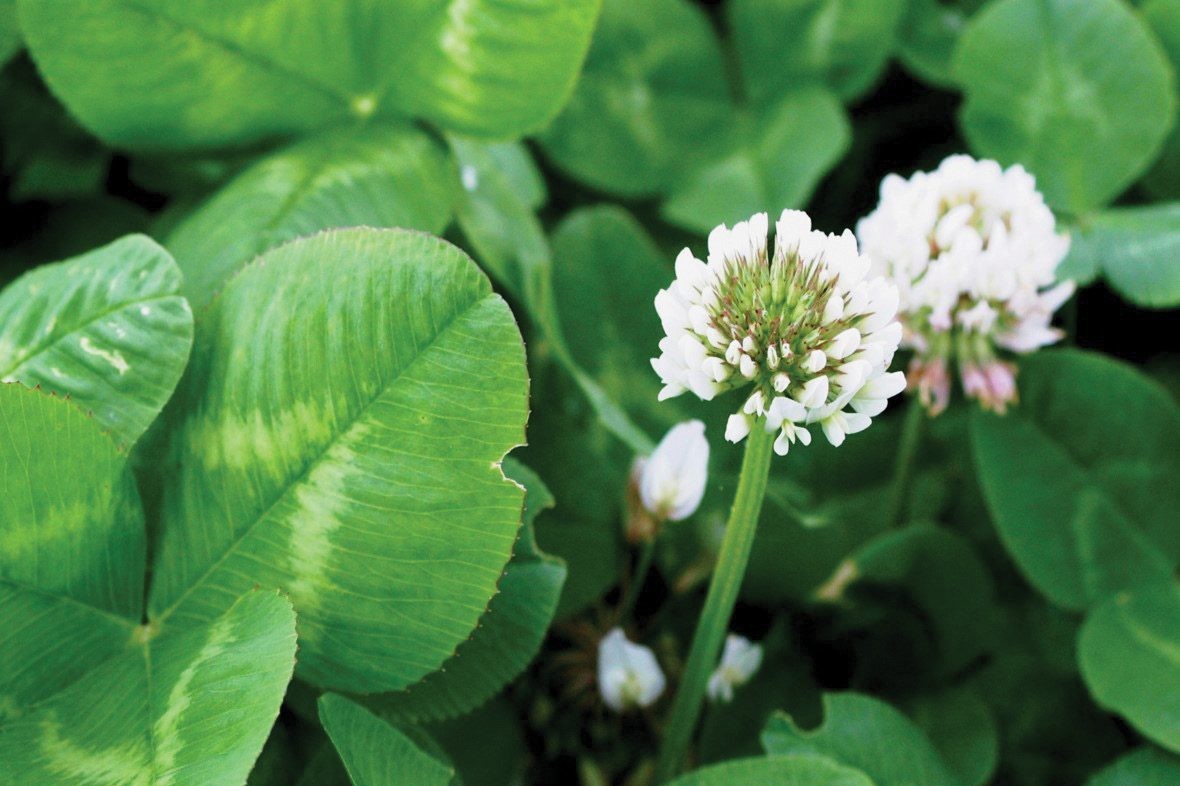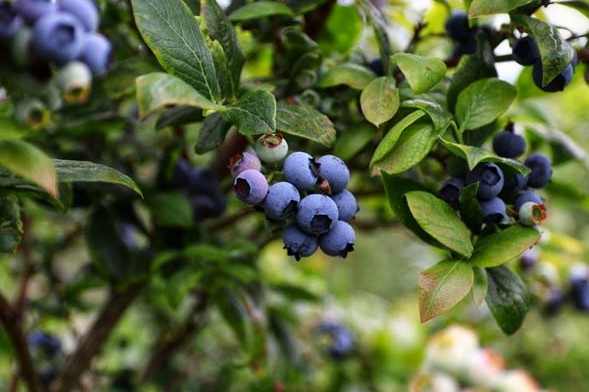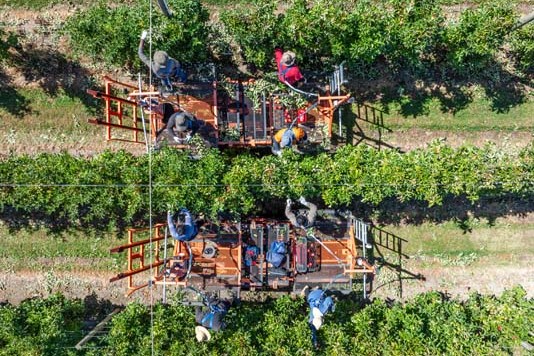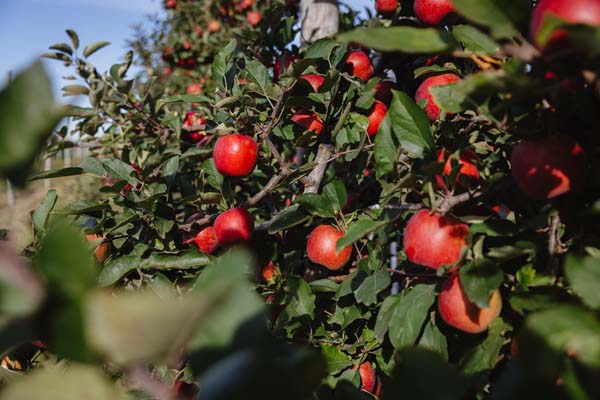New rhizobium strains for white clover
Forage technologies are providing environmental solutions for farmers, writes John Caradus of Grasslanz.

As concerns over the environmental impacts of intensive agriculture increase, the demand for more sustainable farming practices is becoming urgent. This particularly applies to the use of fertiliser nitrogen (N) with farms currently capped at 190kg N/ha/year.
Fixed N provided by the legume–rhizobia symbiosis can support reductions in N fertiliser use and reduce undesirable environmental impacts associated with poor fertiliser N utilisation and subsequent leaching, while still maintaining plant production.
White clover is the most widely used forage legume in our pastures and has been reliant on a rhizobium strain TA1 for the last 60 years. TA1 was originally isolated from a root nodule of the annual sub clover in Tasmania, Australia, in the early 1950s.
While clover rhizobia populations have become naturalised in New Zealand and are widespread and often abundant in pasture soils, they have been generally shown to be ineffective in fixing high amounts of atmospheric N. A recent screen of isolates found in NZ has however identified some strains with high N-fixation rates and good competitive ability against less-effective strains.
In two field trials, three strains (S11N9, S20N7, S4N6) significantly increased clover growth (12–38%) compared with paired uninoculated clover at several harvests, whereas inoculation with strain TA1 did not improve yield.
In a third trial, strains S11N9 and S20N7 increased clover growth compared with the uninoculated control at two of three harvests; and S4N6 performed better than TA1 at one harvest.
Although still pre-release, these new and improved rhizobium strains will be made available to the NZ seed industry and should be requested through all certified seed suppliers.
Condensed tannins
Condensed tannins are natural compounds found in many plants that are able to bind and protect protein from breakdown in the stomachs of sheep, cattle and other ruminants.
The benefits of condensed tannins are many. They are important for improving nitrogen-use efficiency in the rumen and improving animal health (control of internal animal parasites) and productivity. This includes increased ovulation rates in sheep, increased live weight gain, wool growth and milk production.
There is also evidence that condensed tannins will reduce the risk of bloat and methane emissions, positively impacting environmental concerns.
Low-drymatter-yield species such as Lotus corniculatus and sulla contain good levels of condensed tannins. However, for our main pasture legumes white clover, red clover and lucerne condensed tannins are expressed in the petals of flowers or the seed coat but not to any significant level in their leaves.
In a recent discovery by AgResearch a pivotal gene from a related clover species has been shown to increase levels of condensed tannins in white clover leaves.
So here is the catch, we can elevate condensed tannin expression (the same condensed tannins that occur in petals and seed coats) in white clover leaves, but the technology is then deemed a genetically modified organism and subject to NZ’s regulatory system under the HSNO Act, because a gene from a related clover species has been used to stimulate the expression of condensed tannin.
Bioprotectants
The increasing demand for sustainable and eco-friendly agricultural practices has stimulated interest in bioproducts which encompass a range of environmentally friendly products including biopesticides, biofertilisers, and stimulants.
These products are derived from natural sources and offer sustainable alternatives to conventional chemical-based inputs. However, there is a challenge for NZ to deliver bioprotectants suitable for our needs.
NZ will remain a biological economy for the foreseeable future. Synthetic pesticides will become unacceptable in the near future – they already are in many of our export markets. New sustainable options, aligned with societal demands, are required to control pests and diseases of horticulture, silviculture, crops and pasture.
Biopesticides provide an acceptable option, although in many jurisdictions they will also require regulatory approval.
Identification of biopesticides has occurred in the past and will continue to occur. However, market success of biopesticides is reliant on economic production/manufacturing systems, appropriate formulation, storage and delivery methods.
NZ has many unique pest and disease issues and because of our small size will not be an attractive market for large multinationals. NZ will be required to “look after itself” but is woefully prepared for this scenario.
We need to stimulate a biopesticide industry in NZ for NZ, but with the intention to also supply international markets where appropriate and in so doing build a new high-value manufacturing opportunity with sufficient scale to provide product at an affordable price.
The aim should be to work with existing microbial manufacturing companies to deliver more reliable and efficacious products with improved shelf life, ease of use, and application. The outcome will be a vibrant, innovative and flexible biopesticide industry providing solutions for NZ but with economies of scale through export markets into other small to medium-sized economies where interest from multinationals is also low or unreliable. The counter argument is what happens if we do not do this? We jeopardise the productivity of NZ’s biological economy and are essentially held captive by multinationals who have little interest in small and uniquely defined markets. And there will inevitably be new biosecurity breaches requiring further development of mitigation strategies which will require biopesticides in a world seeking to reduce the use of synthetic chemistry.
The need for biopesticide use is real and essential for NZ’s agriculture and horticulture sectors.
A focus on these NZ opportunities is not sufficient to ensure an adequate return on investment is achieved in order for the development and commercialisation of biopesticides to be a sustainable process.
Solving NZ agriculture or horticulture problems can no longer be the focus. If a developed solution can also fulfil a need in NZ, then that is a bonus, but the large international opportunity is what counts.





